
Roots
Consider for a moment the very fiber of who we are, extending beyond bone and blood, into the coiled, spring-like strands that crown our heads. For generations uncounted, across the vast and vibrant landscapes of the African continent, textured hair has served as more than mere adornment. It is a living scroll, a quiet testament to lineage, a sacred antenna reaching towards the unseen realms. This heritage, deeply etched into every curl and coil, whispers tales of wisdom, resilience, and profound spiritual connection, revealing how hair itself mirrors the very unfolding of a life’s passage.
The earliest whispers of this reverence arise from ancient civilizations. In the sun-drenched lands of Egypt and Kush, hair was not simply a physical attribute; it stood as a powerful marker of status and spiritual alignment. Ancient Egyptians adorned elaborate wigs, often intricately braided, symbolizing wealth, religious devotion, and a direct conduit to the divine. The more ornate the style, often embellished with gold or beads, the higher a person’s social standing.
Kushite royalty, especially women, showcased headpieces and hairstyles that spoke of authority and ancestral ties, frequently incorporating braids and locs. These historical instances underline a truth held close across African societies ❉ the head, being the body’s highest point, was deemed the entry point for spiritual energy, making hair a conduit for dialogue with ancestors and the divine.
Our understanding of textured hair’s fundamental biology deepens this appreciation. Each strand, with its unique elliptical cross-section and distinct curl pattern, is a marvel of evolutionary design. This inherent structure, a natural adaptation to intense solar radiation, protected early human ancestors, allowing air to circulate, cooling the scalp. This biological foundation, however, does not diminish the spiritual or cultural weight placed upon these strands; rather, it grounds it, weaving a scientific truth into the fabric of ancestral understanding.
Textured hair, from antiquity, has stood as a living symbol of spiritual connection and societal order.
The vocabulary used to speak of hair within these heritage contexts is rich with meaning, departing sharply from mere cosmetic descriptions. Terms like Tresses, Crown, and Strands are often imbued with a sense of sacredness, reflecting a collective belief that the hair holds a person’s spirit. The Yoruba people of Nigeria, for instance, consider hair sacred, a medium of spiritual energy linking individuals to their ancestors and deities. Braids crafted by skilled practitioners were not only visually remarkable but carried messages connected to femininity, marriage, and rites of passage.

Ancestral Connections and the Spirit Realm
Across diverse African communities, a prevailing belief held that hair formed a direct bridge to the spiritual world. This was not a passive connection; it was an active, energetic link. Lore from the Yoruba, Wolof, and Mende societies, among others, maintained that spiritual powers resided within hair, allowing communication with gods and ancestral spirits. This spiritual understanding profoundly influenced care practices.
The styling or cutting of hair was often reserved for close family members or highly respected community figures, acknowledging the powerful energy it contained. Some believed a single strand could even hold enough spiritual potency for medicinal purposes or to offer protection.
This historical reverence stands in stark contrast to later attempts at cultural erasure. During the transatlantic slave trade, one of the first and most dehumanizing acts inflicted upon captured Africans was the forced shaving of their heads. This act, ostensibly for hygiene, was a deliberate stripping away of identity, a brutal severing of the profound cultural and spiritual ties that hair represented. It communicated a violent denial of their heritage, a forced anonymity, reducing individuals to mere commodities.
Despite this systematic dehumanization, enslaved Africans found ways to reclaim their agency and express individuality through their hair, even with limited tools and resources. This resistance underscored the enduring power hair held as a cultural identifier.
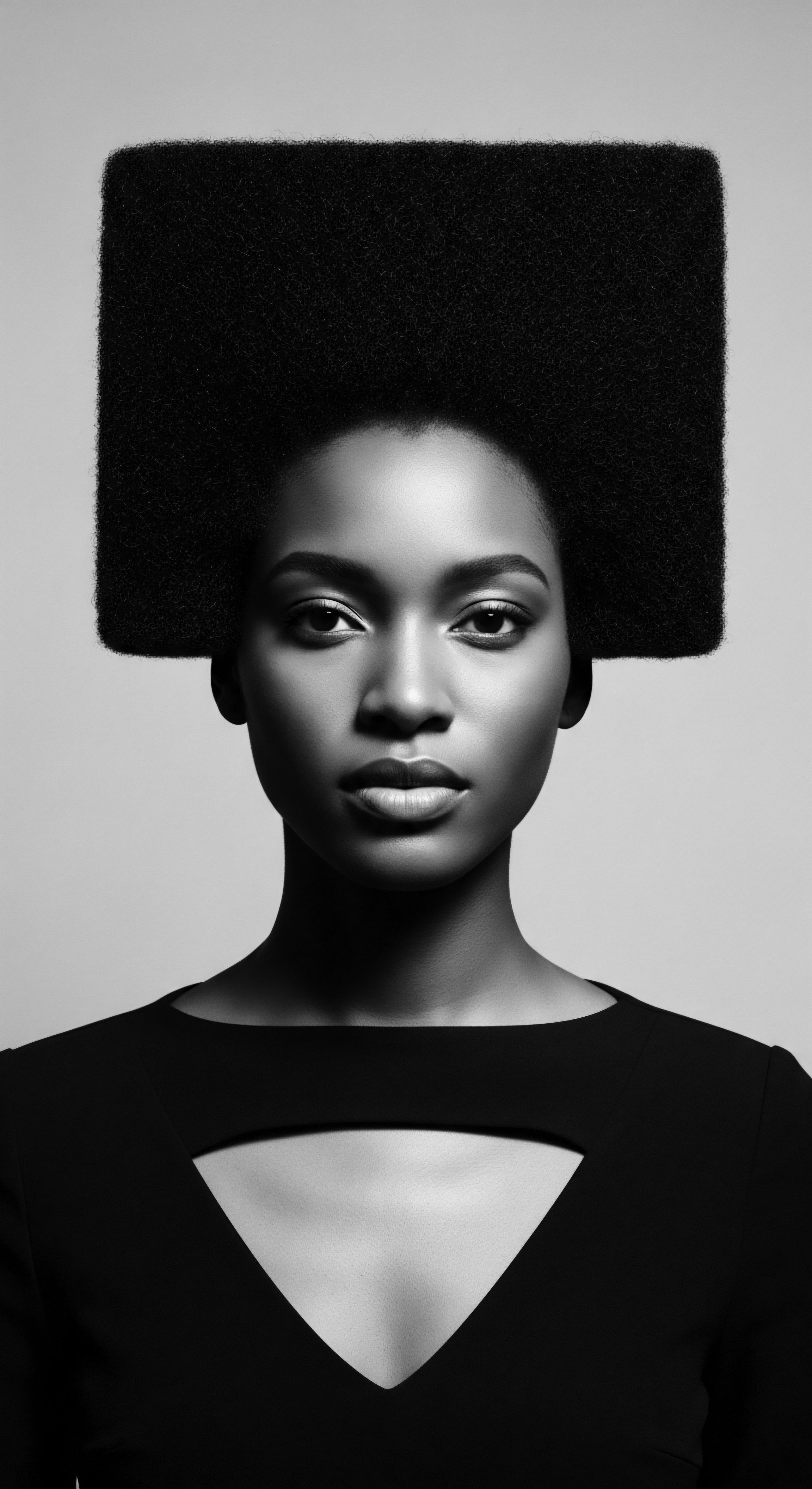
How Did Ancestral Understanding of Hair Influence Early Care?
Early African hair care was intrinsically tied to holistic well-being and a deep respect for nature’s bounty. The ancestral wisdom recognized the hair’s need for nourishment and protection, often drawing from local botanicals. While specific regimens varied by region and tribe, common practices included the use of natural ingredients:
- Ochre Paste ❉ The Himba people of Namibia traditionally mix red ochre paste with butter to coat their hair, creating a distinctive red hue. This practice not only protected the hair from the harsh sun but also symbolized the earth and life force.
- Plant Fibers ❉ Intricate braiding techniques often incorporated natural materials like plant fibers or animal hair extensions, enhancing both the aesthetic and protective qualities of styles.
- Herbal Infusions ❉ Various herbs and natural oils were employed for cleansing, conditioning, and scalp health, reflecting an intimate knowledge of the local flora’s properties. These practices aimed to support hair health in alignment with spiritual well-being.
This foundational understanding of hair, as both a physical and spiritual entity, laid the groundwork for complex traditions that would continue to evolve and persist through time, carrying the indelible mark of heritage.

Ritual
The life of an individual in many African societies was punctuated by passages, each marked by a distinct engagement with hair. From the first moments of life to its final departure, hair served as a visible register of change, a canvas for spiritual observance, and a dynamic reflection of community bonds. This engagement was not a casual act; it was a deeply ingrained ritual, carrying weight and meaning across generations.
Hair styling, often an hours-long communal activity, strengthened social ties. It was a time for storytelling, for sharing wisdom, and for reinforcing familial connections, often passed from mothers to daughters. These sessions were, in themselves, powerful social rituals, demonstrating care and affection while preserving oral histories.
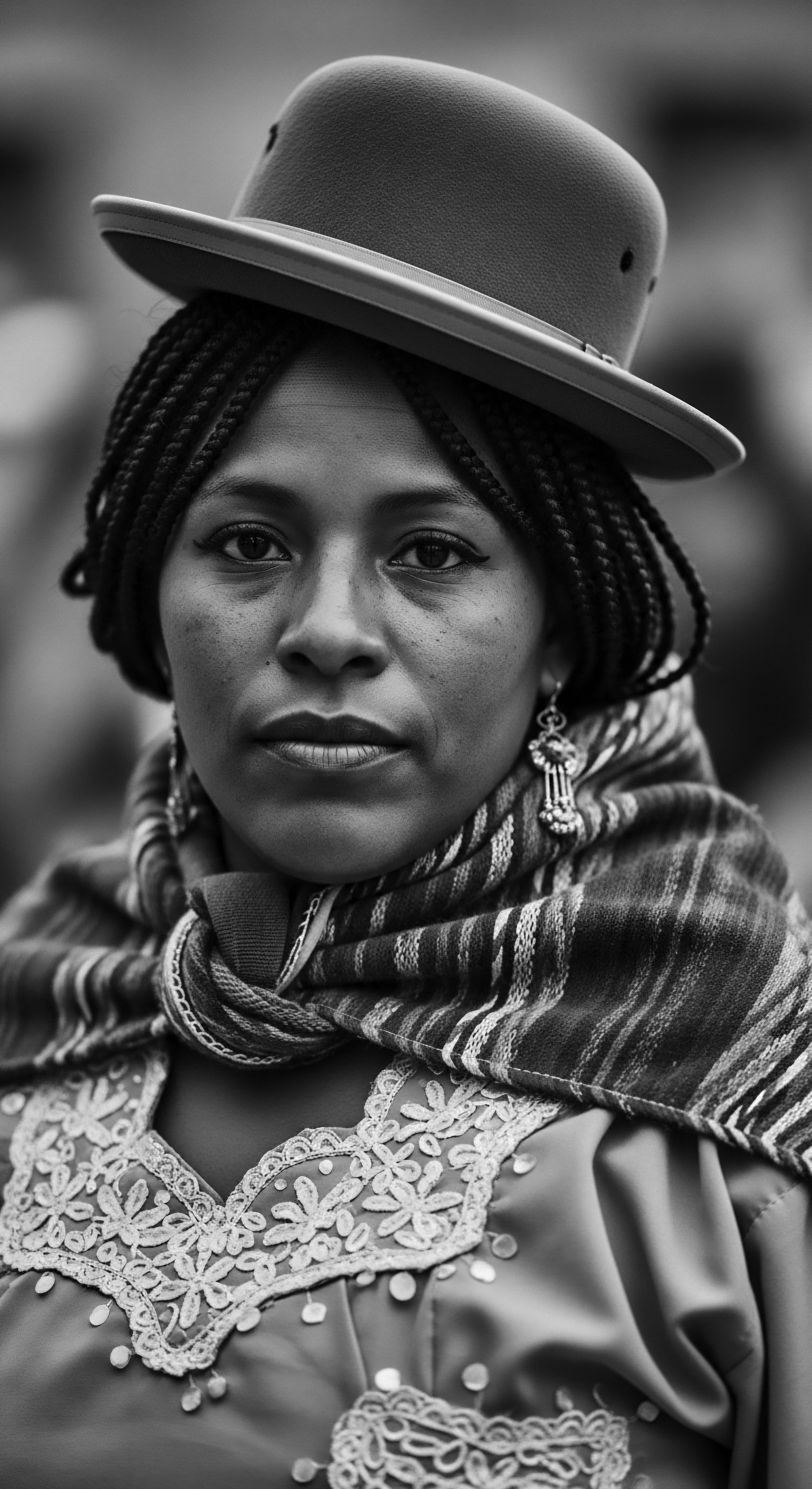
Marking Life’s Journey With Hair?
Hair traditions often mirrored the journey of life, signaling transitions with clarity and purpose.
| Life Stage Birth |
| Traditional Practice and Meaning In some Yoruba communities, a baby's head might be shaved seven or nine days after birth, symbolizing their passage from the spirit world into the living. This shaven hair could then be used in good luck charms or healing tonics. |
| Life Stage Adolescence and Initiation |
| Traditional Practice and Meaning For young girls, the first braiding session often marked their passage into womanhood, with more elaborate styles than those worn in childhood. The Maasai, in East Africa, utilized specific shaved and semi-shaved styles, along with distinctive braids, during initiation ceremonies for young warriors, representing their strength and bravery. The Xhosa in South Africa also marked the transition from childhood to adulthood with specific hairstyles. |
| Life Stage Marriage |
| Traditional Practice and Meaning Hairstyles could denote marital status, with specific patterns worn by young women signaling availability, while married women might wear distinct, sometimes covered, styles. The Mbalantu women, for instance, arranged their exceptionally long plaits into an elaborate headdress after marriage, a symbol of their new status. |
| Life Stage Mourning and Loss |
| Traditional Practice and Meaning Cutting or subduing hair was a common practice during periods of grief, symbolizing a desolated spirit or a break from a past of misfortune. The Nguni ethnic group in South Africa, for example, saw the shaving of hair as part of the mourning process. |
| Life Stage These practices underscore how hair was a living narrative, communicating personal and communal identity. |
These practices were not merely aesthetic changes; they were deliberate acts with profound spiritual and social implications. They conveyed social standing, age, marital status, and even tribal affiliation, serving as a visual language within communities.
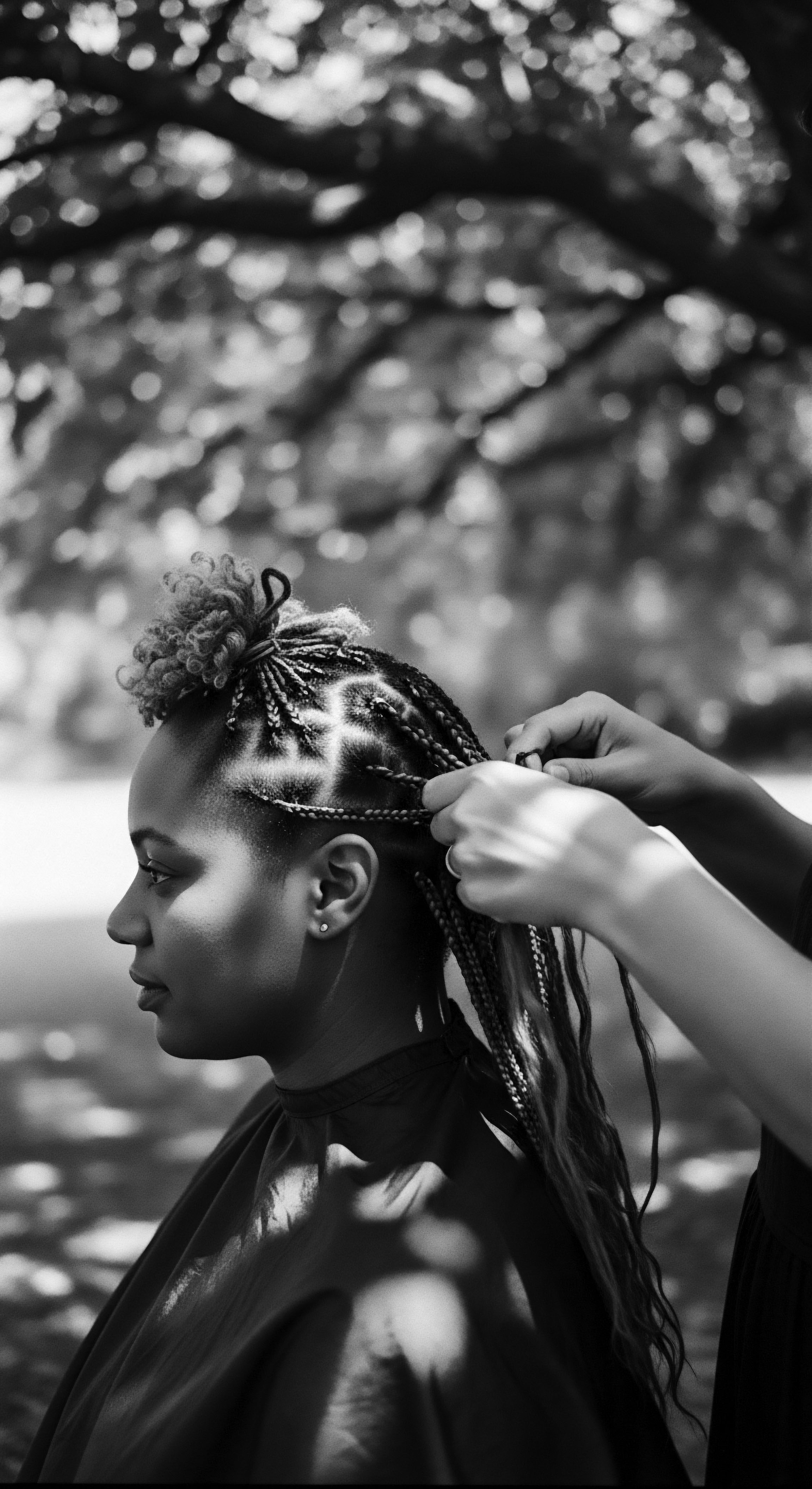
Cultural Significance of Braiding and Adornment
Braiding, a cornerstone of textured hair heritage, held deep symbolic meaning. Different tribes developed unique patterns, each carrying specific messages. Cornrows, for instance, varied widely across ethnic groups, signaling marital status, age, or social class among the Fulani and Yoruba peoples.
The intricate designs woven into the hair were often laden with symbolism. The Ashanti people of Ghana used Adinkra symbols within their hairstyles, each symbol carrying a specific proverb or message about wisdom, love, or unity.
The tradition of adorning hair with shells, beads, and other embellishments further amplified its communicative power. The Fulani women, a semi-nomadic group, used adornments like cowrie shells and beads to display wealth, family connections, and marital status. These elements were not just decorative additions; they were integral to the hairstyle’s meaning, telling stories of lineage, social standing, and individual experiences.
Hair rituals, far from superficial, were integral to communal identity and the marking of life’s significant thresholds.
A powerful case study is that of the Maasai morans, young warriors whose distinctive hairstyles, including braids and shaved sections, visibly set them apart during their initiation. These styles not only symbolized the bravery and strength required to join the warrior class but also signified a new stage in life and a reaffirmation of spiritual ties. The process of hair shaving and re-growing was a central element of their rites of passage. This example illustrates how hair was inextricably linked to spiritual understanding and communal belonging, a physical manifestation of a spiritual transition.
The act of hair wrapping also carried significant historical and spiritual weight across the African diaspora. Headwraps, or geles among Yoruba and Igbo women in Nigeria, served as powerful symbols of heritage, status, and spirituality. The intricacy of the wrap could even denote higher status, while elsewhere, wraps protected hair and served as a spiritual practice, sometimes linked to modesty, respect, or protection against negative energy. This continuity of practice, even across continents, showcases the enduring power of these heritage traditions.

Relay
The enduring spirit of textured hair heritage, particularly through the crucible of forced displacement and ongoing cultural pressures, speaks volumes. From the pre-colonial reverence to its reclamation in contemporary times, textured hair has served as a resilient beacon, carrying ancestral memory and spiritual fortitude across continents and generations. This section explores how these deep-rooted traditions were relayed, adapted, and ultimately reclaimed, often in defiance of erasure.
The transatlantic slave trade presented a systematic assault on African identities, with the forced shaving of hair representing a profound act of dehumanization. This deliberate removal of a culturally and spiritually significant element aimed to sever ties to homeland and heritage. However, even under these oppressive conditions, enslaved Africans found clandestine ways to maintain aspects of their hair traditions.
They used what was available—bacon grease, butter, kerosene as conditioners, cornmeal as dry shampoo, and sheep fleece carding tools as combs—to care for their hair. This resourcefulness is a testament to the tenacity of heritage and the intrinsic human need for self-expression, even amidst profound adversity.
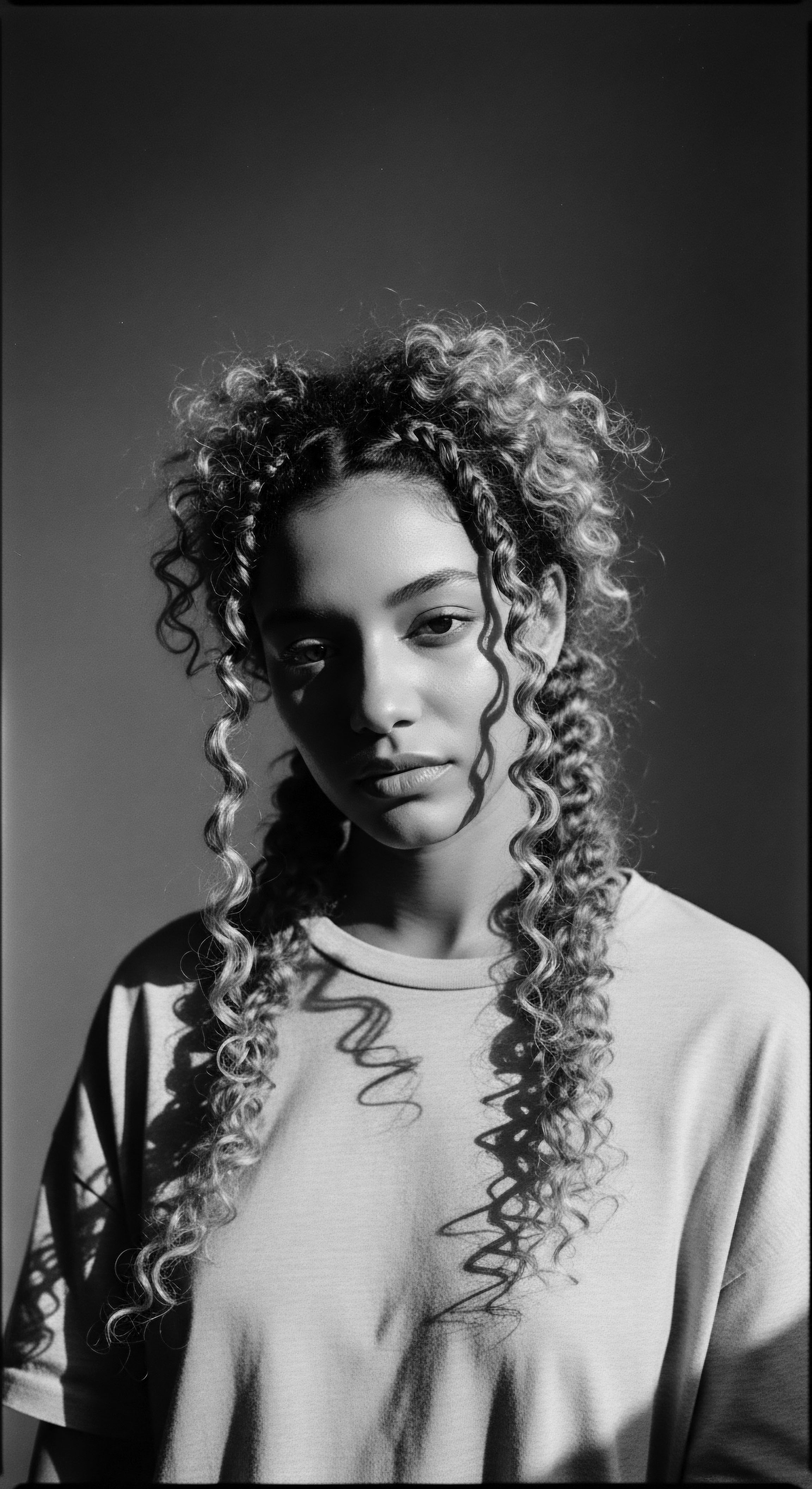
How Did Hair Become a Symbol of Resistance Through History?
The journey of textured hair through history is marked by profound shifts in its symbolic weight, from cultural expression to a powerful emblem of resistance. In the African diaspora, especially during and after slavery, traditional hairstyles morphed into acts of defiance. Hair, once a marker of community and spiritual connection, became a visual declaration against forced assimilation.
- Concealment and Communication ❉ During slavery, some individuals used braided patterns as covert maps for escape, weaving paths to freedom into their very crowns. This speaks to the extraordinary ingenuity and resilience embedded within textured hair practices.
- The Afro as a Political Statement ❉ The 1960s and 1970s witnessed the resurgence of the Afro, a style that became a potent symbol of Black pride, self-empowerment, and activism during the Civil Rights and Black Power Movements. Figures like Angela Davis and Nina Simone wore their Afros as unapologetic statements, challenging Eurocentric beauty standards and reclaiming ancestral identity. As Lori L. Tharps notes, this hairstyle became “a physical manifestation of our rebellion,” asserting the right to wear hair as it naturally grows. (Tharps, 2014, p. 55)
- Modern Natural Hair Movement ❉ Today, the natural hair movement continues this legacy, celebrating the unique beauty and diversity of textured hair. It stands as a global phenomenon, connecting individuals to their roots and challenging persistent biases against natural hair in professional and social settings.
This continuous thread of using hair as a form of resistance demonstrates its deep spiritual and cultural roots, which survived and transformed despite concerted efforts to suppress them.
The journey of textured hair through the diaspora stands as a powerful testament to the unwavering spirit of cultural preservation.

Connecting Modern Science to Ancestral Wisdom?
Modern scientific understanding often aligns with, and sometimes validates, the intuitive practices of ancestral hair care. For instance, the unique helical structure of Afro-textured hair, characterized by its thick, spiral-shaped curls, gives it a dense appearance. This structure, while providing protection from UV radiation, also affects how natural oils distribute along the hair fiber, leading to greater dryness at the ends. Ancestral practices, such as the use of heavy oils and butters, and protective styles, inherently addressed these needs, providing moisture and minimizing environmental exposure.
Consider the genetic basis of hair texture. While genes from both parents certainly influence curl pattern and thickness, the specific versions of genes associated with textured hair are highly prevalent in people of African ancestry. This genetic predisposition means that traits like tight coils and significant shrinkage are inherent, not merely styling choices.
This scientific insight deepens the appreciation for the traditional understanding of hair as an inherited characteristic, deeply tied to lineage. Ancestry scientists can now predict hair curliness by examining thousands of DNA markers.

The Enduring Legacy of Traditional Tools and Techniques
The tools and techniques of textured hair care, passed down through generations, speak to the enduring practicality and artistry of ancestral practices.
- Combs and Picks ❉ While modern combs have evolved, traditional tools, sometimes crafted from wood or bone, were meticulously designed to detangle and style coiled hair, preserving its integrity. The historical use of “jimcrow” combs by enslaved African Americans to prepare hair for Sunday services underscores this continuity, often alongside fabric or cotton threading to achieve defined curls.
- Threading and Wrapping ❉ Techniques like hair threading, involving the use of wool or thread, were prevalent in various African communities (e.g. Yoruba, Hausa) and provided means for protecting hair, encouraging growth, and creating elaborate styles. The subsequent evolution of hair wrapping in the diaspora, often for protective styling or spiritual reasons, shows this continuous adaptation.
- Natural Adornments ❉ The incorporation of natural elements like cowrie shells, beads, and even ground ochre speaks to a deep connection to the environment and a symbolic language embedded within hair adornment. These elements often conveyed marital status, wealth, or tribal identity.
The relay of this heritage is not confined to the past. It is a vibrant, living tradition, continuously reinterpreted and celebrated by contemporary stylists and individuals who honor their ancestral roots by caring for and styling their textured hair. This ongoing dialogue between ancient wisdom and modern understanding affirms the timeless relevance of textured hair heritage.
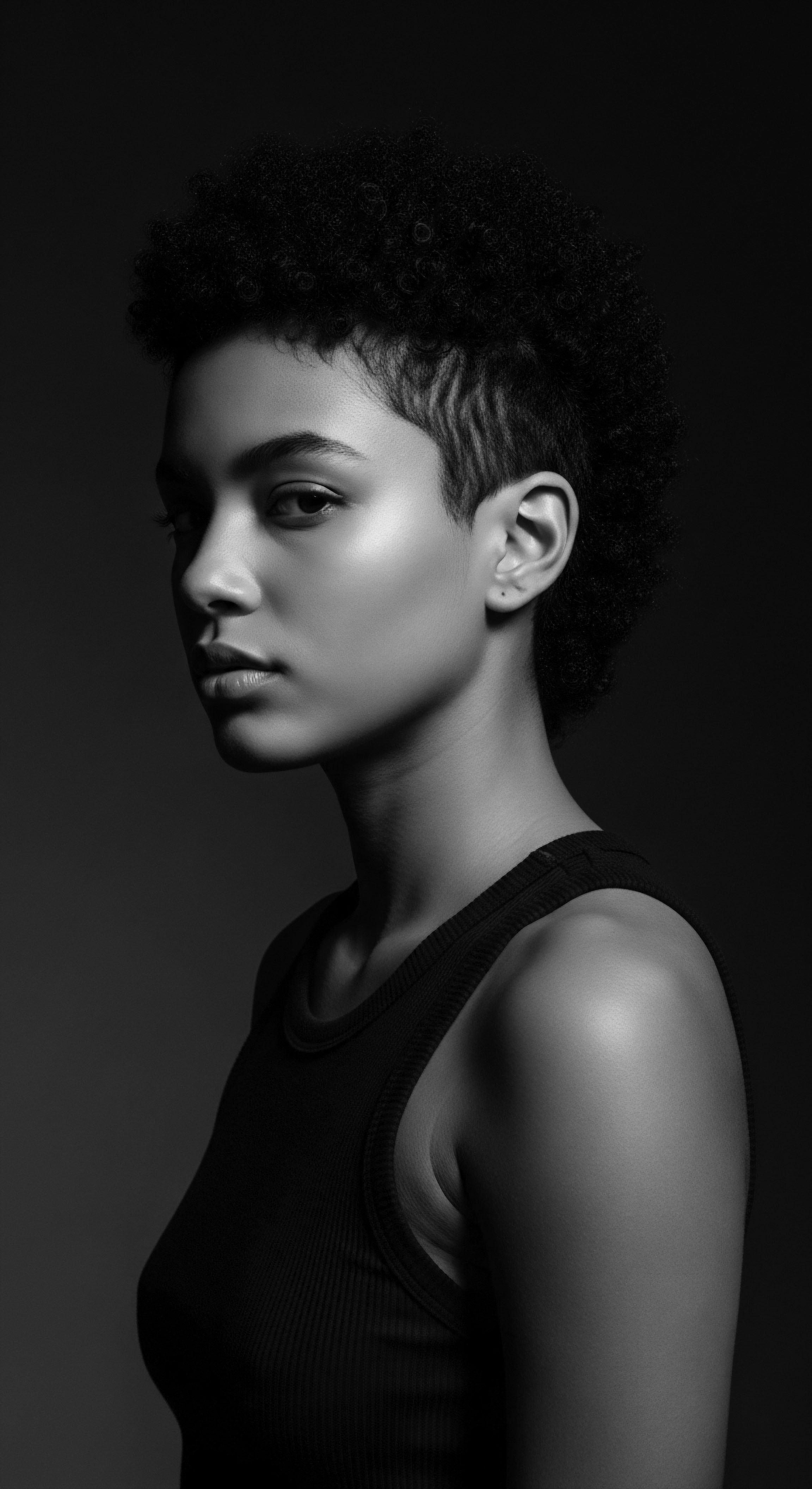
Reflection
To consider textured hair is to gaze into a mirror reflecting not just one’s outer self, but the very depths of an ancestral spirit. The strands, each one a minuscule helix of heritage, carry echoes of ceremonies performed under ancient skies, of transitions marked with profound reverence, and of an unyielding resilience against the tide of oppression. Our exploration has traversed the primal connection to the divine, the intricate dance of societal markers, and the powerful reclamation of identity across time and space.
The soul of a strand, indeed, speaks to the very essence of human experience. It is a living archive, breathing with the wisdom of those who came before, reminding us that care for our textured hair extends beyond conditioners and combs; it is an act of spiritual maintenance, a quiet conversation with our lineage. This conscious connection to hair’s heritage allows us to understand ourselves not as isolated beings, but as vital threads in a continuous story, linking past, present, and future. Each curl, each coil, carries a blueprint of endurance, a testament to beauty that has persisted, adapted, and flourished against all odds.
The practices of cleansing, adorning, and styling textured hair, whether ancient or contemporary, are more than routines; they are acts of honoring. They invite us to slow down, to connect with the physical manifestation of our ancestry, and to appreciate the profound journey our hair has undertaken. This enduring heritage serves as a powerful anchor in a world that often seeks uniformity, affirming the inherent uniqueness and spiritual depth of textured hair. It is a legacy of strength, beauty, and unwavering spirit, flowing continuously from the source.

References
- Afriklens. (2024). African Hairstyles ❉ Cultural Significance and Legacy.
- Afriklens. (2025). The Evolution of African Hairstyles in Cultural Celebrations.
- Byrd, A. & Tharps, L. L. (2014). Hair Story ❉ Untangling the Roots of Black Hair in America. St. Martin’s Griffin.
- Caffrey, C. (2023). Afro-textured hair. EBSCO Research Starters.
- Gordon, M. (2021). African Hairstyles – The “Dreaded” Colonial Legacy. The Gale Review.
- Matjila, C. R. (2020). The meaning of hair for Southern African Black women. University of the Free State.
- Odele Beauty. (2021). 6 Things Everyone Should Know About Black Hair History.
- Omotos, A. (2018). Journal of Pan African Studies.
- Substack. (2025). Ancestral Hair Rituals to Nourish Your Hair and Soul.
- The Kurl Kitchen. (2024). The Cultural Significance Of Natural Hair In Different Communities.
